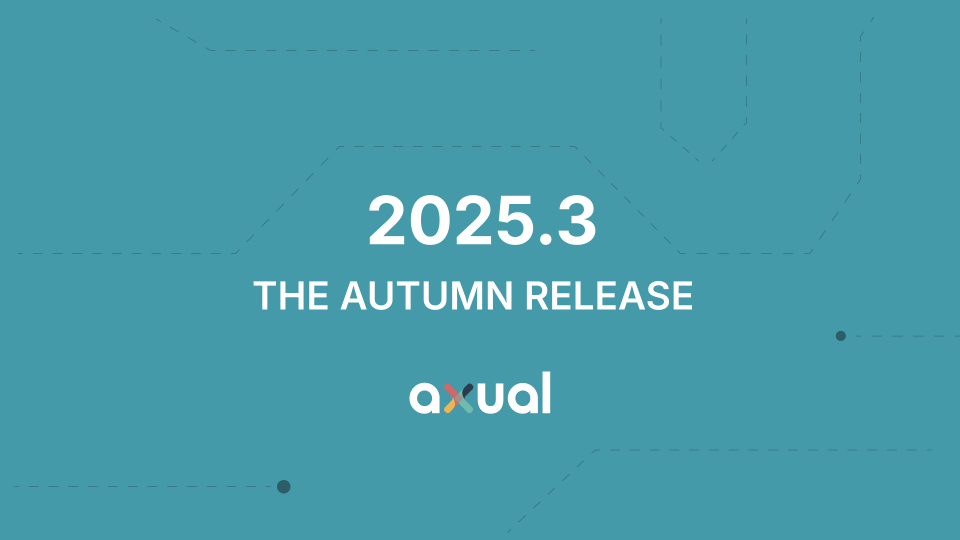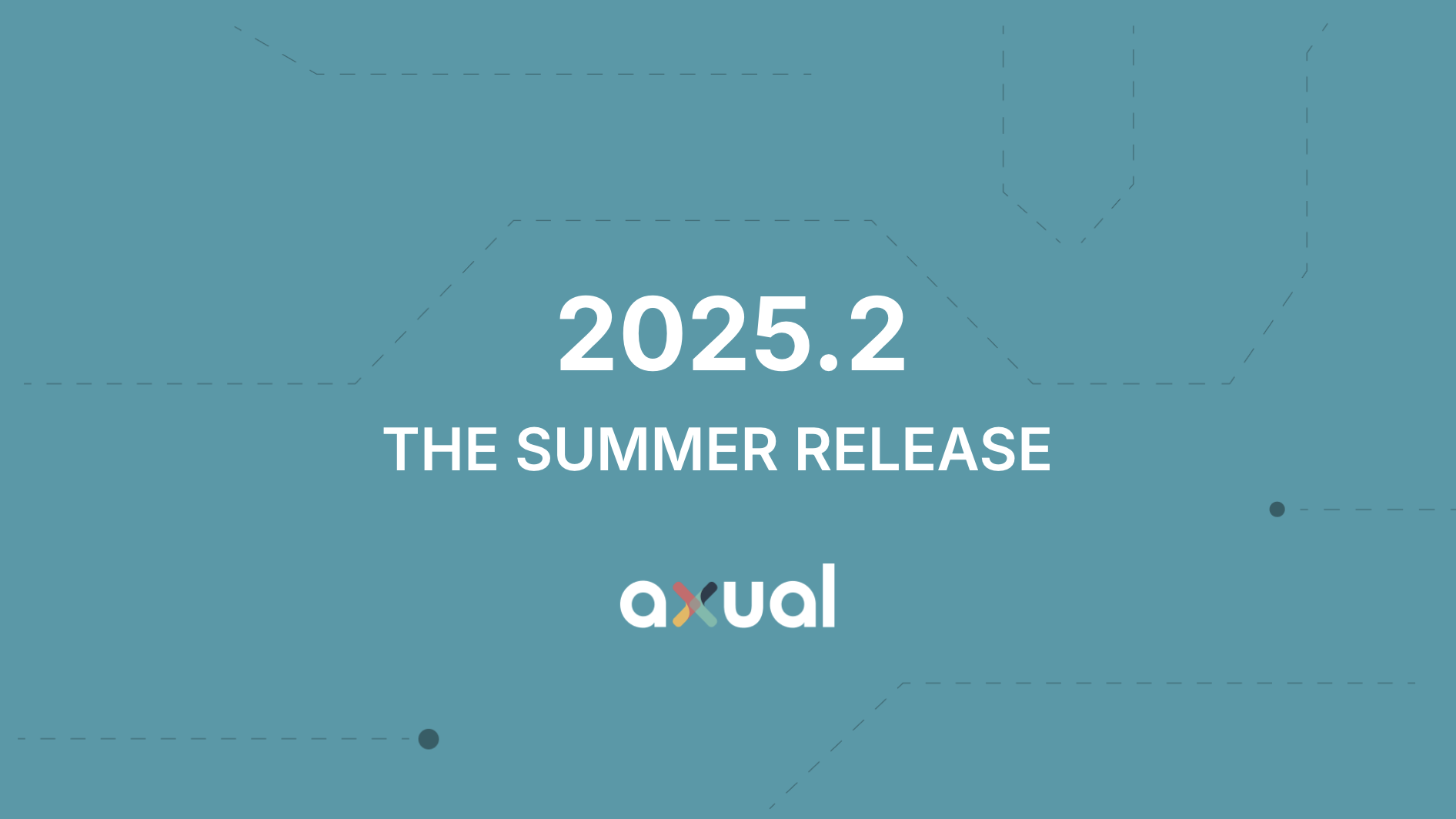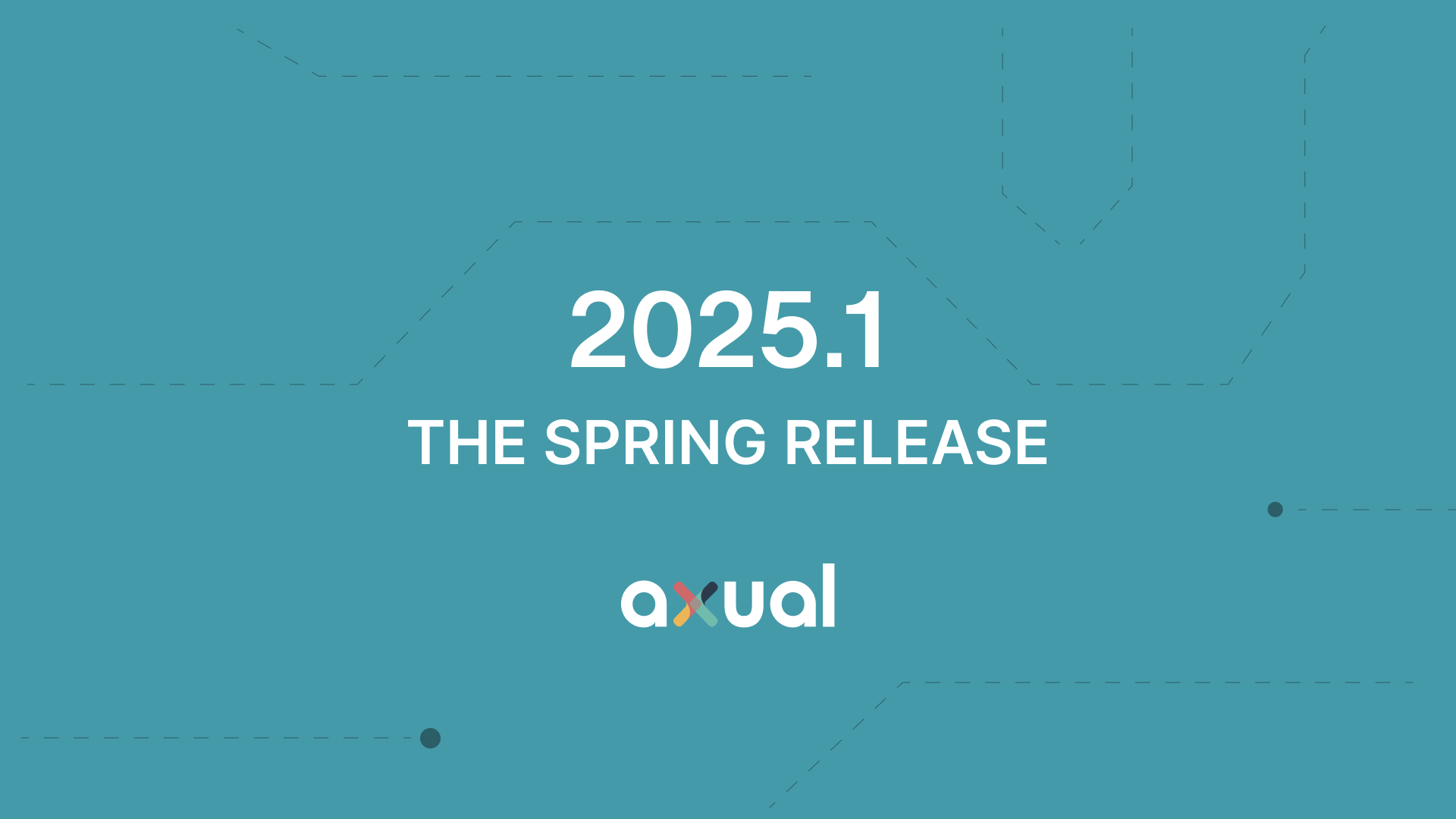Why is it so easy to make data governance mistakes when using Apache Kafka?
Kafka is the leading solution for real-time data streaming. However, it doesn’t come with a built-in safety net covering data governance and compliance. No matter the expertise level of your internal Kafka team, that’s a tough path to travel — with serious consequences if your organizational protocols aren’t watertight. Our blog on the topic looks at common pitfalls to avoid and steps to take to ensure you won’t lose sleep over Kafka and compliance.

On this page
Whether you’re in finance, utilities, retail, or another sector, data governance is a high-priority, high-stakes topic. For large organizations, Kafka is the go-to solution to meet the volume of real-time data they need to stream — but it doesn’t come with a data governance safety net built in.
Even for experts, this is a tricky situation to safely navigate. Here, we’ll look at the major traps to avoid when it comes to Kafka and data governance, how mistakes in this area can interfere with your event streaming processing, and steps you can take to steer clear of this headache.
Overcoming pain points for stress-free Kafka data governance
Despite all its advantages, Kafka certainly isn’t the most user-friendly of tools. Its complexity can be unforgiving, so organizations need to overcome various key hurdles to ensure solid, compliant data governance.
Kafka doesn’t enable security by default
This means it’s possible to deploy a totally unsecured Kafka ecosystem — if you haven’t identified, implemented, and verified the tools you need to safeguard your event streaming processing. A key challenge for operators is setting up these fundamental security configurations correctly, while ensuring each application that’s connected is properly authenticated and authorized.
Kafka doesn’t include features to ensure strict governance
Your organization will most likely need to comply with local regulations on data governance and storage (the GDPR, for example). Depending on the sector in which you’re operating, there may be further, more specific and stringent protocols in place. As Kafka doesn’t include built-in features ensuring strict data governance, your organization’s Kafka team will be fully responsible for ensuring compliance.
Even for experienced players, Kafka is tricky to understand, deploy, and configure
For developers and operators alike, there’s a steep learning curve with Kafka. Setup is a challenge, with myriad parameters and documentation details to internalize. Unfortunately, there’s no user-centric Kafka configuration and monitoring interface to help as you’re getting to grips with how and when to use Apache Kafka.
Just getting started with Kafka event streaming? You might like to read up on easily made data governance mistakes you’ll want to avoid.
How Kafka data governance errors can affect your event streaming process
Failing to effectively control who’s producing to where within your Kafka ecosystem, and what data they’re utilizing in the process, can generate a knock-on effect on other applications that are connected to your Kafka platform.
We call this the noisy neighbor effect: If unchecked and incomplete topics are running, multiplying, and being added to, they can affect other applications around them, even if these applications are fully verified, more mature, and more stable.
The noisy neighbor effect explained
For example, let’s say one of your Kafka developers is innocently creating test applications with fresh Kafka topics. Because of Kafka’s default setup, the topics are being auto-created and executing load or stress tests.
Unaware of the mayhem of performance issues their experimenting is causing your organization’s existing live applications, this developer just keeps on going. And because Kafka doesn’t implement automatic topic traceability, your operators won’t be able to easily identify who’s creating them.
All in all, this can translate into rapidly escalating performance issues with your mission-critical applications: Delays and downtime in event streaming processing and risky, unintentional data movements. This would unnecessarily affect your end customers, simply due to lack of understanding of Kafka’s complexities and idiosyncrasies. What’s more, these issues would only be exacerbated as your organization tries to scale up its event streaming processing.
There is good news, though. It’s possible to configure your Kafka settings so users don’t suffer service issues when new topics are created. With Axual, you can even go a few steps further: A fully controlled self-service interface ensures end users can only create topics with clear ownership, metadata, and use cases. This disables accidental, incomplete topic creation by default.
If Kafka is your engine, Axual is your racing car
Compliant. Secure. No worries. That’s the reality that Axual creates for your organization’s Kafka team.
With assets such as full control of topics, authorization approval workflows to ensure produce/consume is requested before applications are even capable of producing/consuming your data, and comprehensive use of SSL certificates, Axual is designed to generate peace of mind for your Kafka experts.
Want to dive into more details on safeguarding your organization’s event streaming processing? Download our whitepaper on overseeing data governance and compliance with Apache Kafka.
Answers to your questions about Axual’s All-in-one Kafka Platform
Are you curious about our All-in-one Kafka platform? Dive into our FAQs
for all the details you need, and find the answers to your burning questions.
Apache Kafka and Cloud Data Governance play vital roles in effectively managing data in today’s digital landscape. Together, they not only ensure compliance with regulations but also foster trust among users and stakeholders. This article explores the synergy between Kafka and Cloud Data Governance, highlighting how they collaborate to uphold data compliance and build confidence in data integrity.
Data governance encompasses all measures to guarantee that data remains secure, private, accurate, accessible, and usable. It involves the actions individuals must undertake, the established processes they must follow, and the technology that facilitates these efforts throughout the entire data life cycle.
Data quality, data stewardship, data protection.
Related blogs

Axual 2025.3 release introduces KSML 1.1 integration for automated stream processing deployment, group-based resource filtering for multi-team governance, and experimental MCP Server for AI-driven platform operations. Includes JSON schema support, Protobuf processing (beta), and enhanced audit tracking for enterprise Kafka implementations.

The Axual 2025.2 summer release delivers targeted improvements for enterprise-grade Kafka deployments. In this post, we walk through the latest updates—from enhanced audit tracking and OAuth support in the REST Proxy to smarter stream processing controls in KSML. These features are designed to solve the real-world governance, security, and operational challenges enterprises face when scaling Kafka across teams and systems.

Axual 2025.1 is here with exciting new features and updates. Whether you're strengthening security, improving observability, or bridging old legacy systems with modern event systems, like Kafka, Axual 2025.1 is built to keep you, your fellow developers, and engineers ahead of the game.
